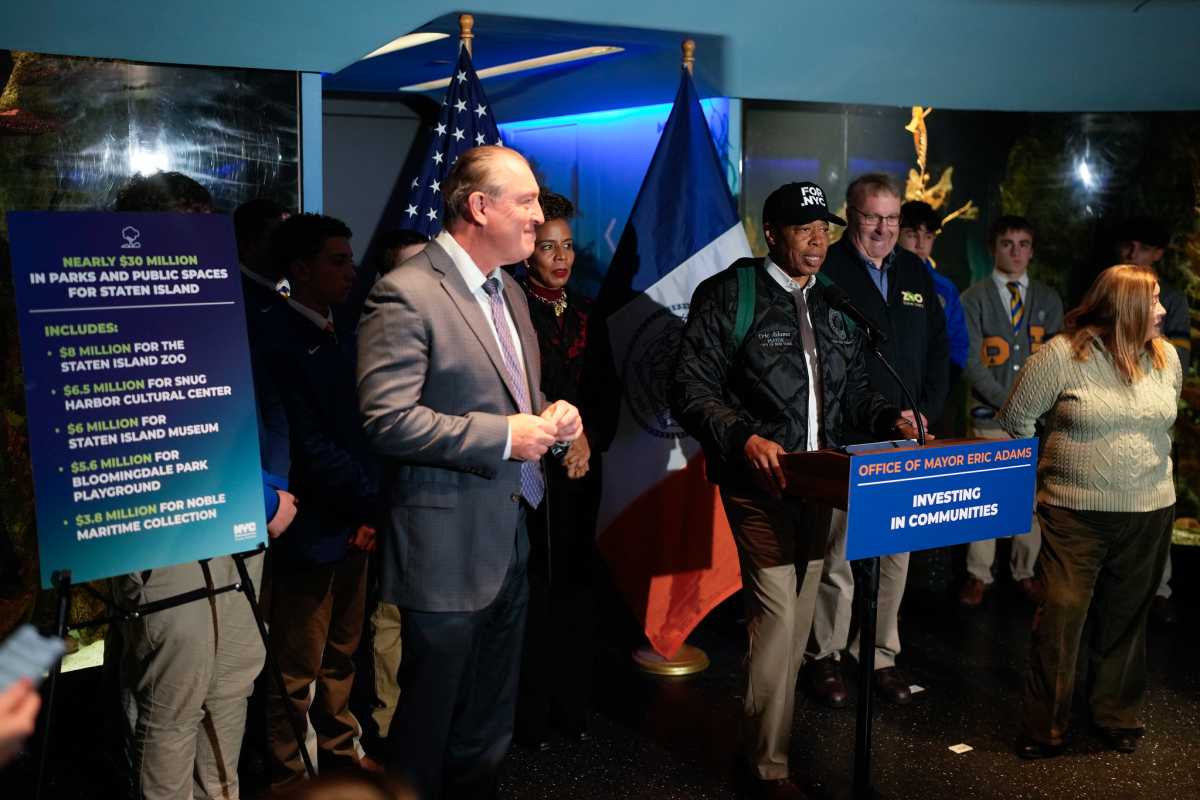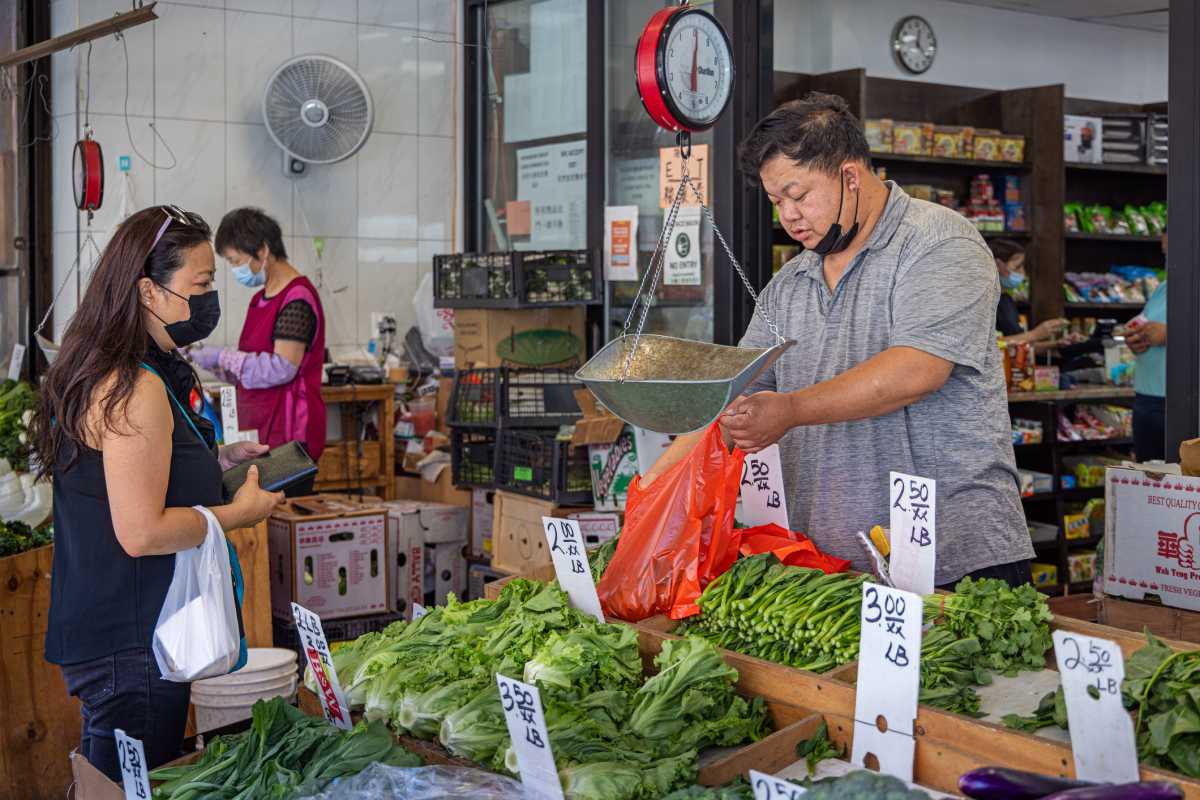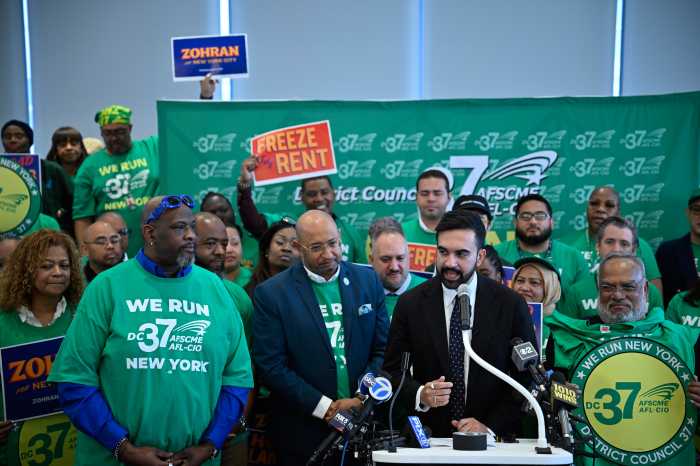Why is voting such a cumbersome task and why do so few eligible voters take advantage of this right? In some developing countries, where democracy has just taken hold, voting rates can top 60 percent to 70 percent of the eligible population. In New York, one of the largest states in the oldest democracy in the world, we are not likely to see elections where more than one in five eligible voters head to their local polling place on Election Day.
I was one of the 9 percent of eligible Democratic voters who went to my local polling place in September to cast my vote in the gubernatorial primary. I arrived at 8:59 p.m., just one minute before the deadline. I had to run to get there just before the doors closed.
Right next to me, also out of breath, was a neighbor and parent of one of my daughter’s former classmates.
“I had to come and vote only to show Albany that I care about what’s going on up there,” he said, trying to explain his fierce urgency to make it in time.
Much of the problem is we use 18th century technology in a 21st century world. Why, in an age where I can text my cousin half the way around the world instantaneously or when I can order almost anything I want delivered within four hours, must we suffer with voting booths that look like they were invented before Theodore Roosevelt was born?
The cynic in me thinks that progress is slow in electoral technology because the status quo benefits the current political class. Depressed turnout helps incumbents and, for some reason, we are more risk averse when it comes to wiring election booths than we are in wiring banks. If I can pay bills online or wire large sums of money securely, then surely my vote can be safely and securely delivered from my phone or office computer.
Can you imagine how much turnout will spike if we can vote for our leaders from our office desks or from our phones?
And perhaps more importantly, wouldn’t the playing field for running for office be leveled considerably if each candidate had the same technological outlet to convey their ideas and background and vision to voters? If we said to candidates “here is a database of all the e-mail addresses of all registered voters in your district; now go and tell them in texts and videos why they should vote for you,” we would essentially eliminate the need for big money and campaign donations that sometimes masquerade as deposits in the favor bank.
It is too bad, because it is incredibly interesting and exciting to follow and monitor a well-run and contested political race like we had last year for mayor (at least in the Democratic and Republican primaries) and a few years ago for president.
As for me and my friend, we both knew the likely outcome that night. The polling station is a few blocks from our building, and we’re both busy dads who had just come home after a long day of work. Still, the time we spent voting was time spent away from our children and from unwinding from work.
Wouldn’t it have been great if we could have cast our ballot when we got out of the subway?
Alas, these lofty ideas are perhaps too futuristic and idealistic to be feasible in the near future.
But we can dream, can’t we?
































